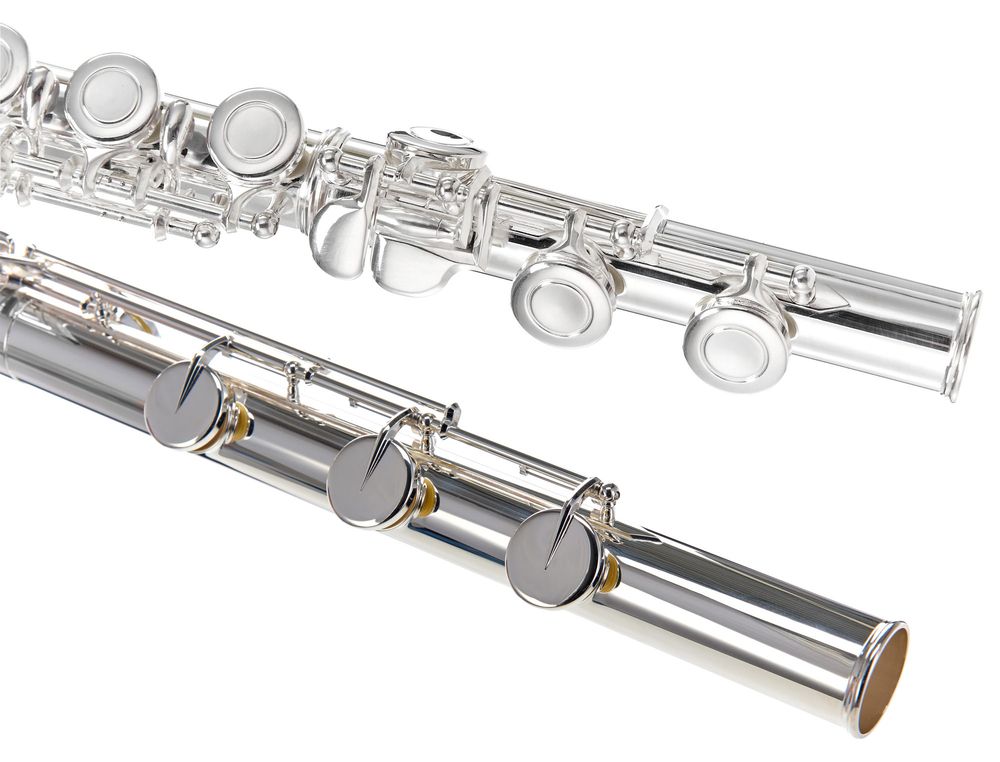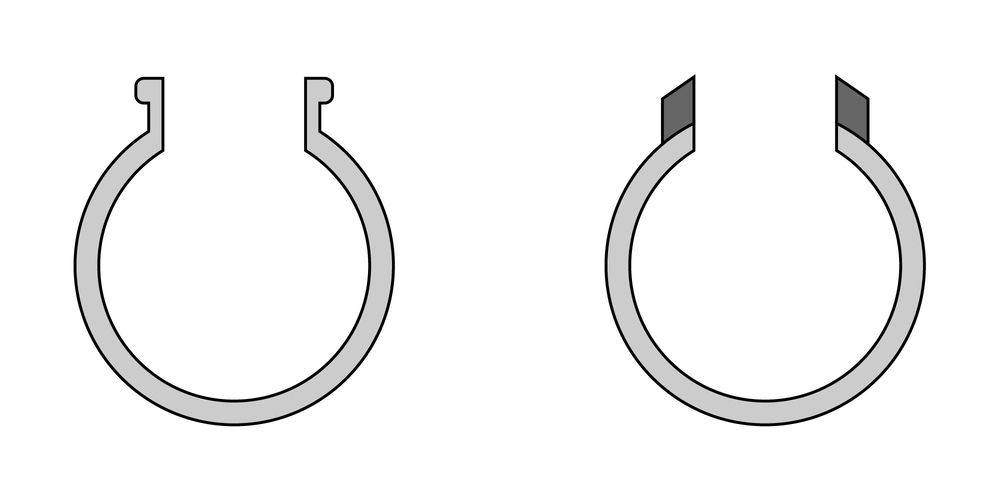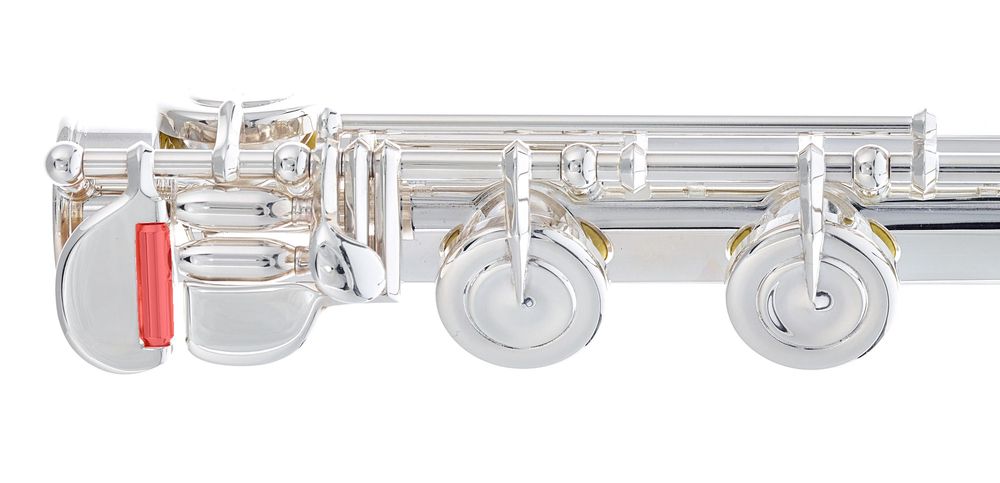9. Holes
Pros often play expensive flutes. With these flutes, you'll find differences not just in the material but also in the mechanics, such as pointed key arms, soldered-on tone holes, and specific trill keys. In a pointed key arm mechanism, the arms of some key caps (where no fingers lie) converge at their center. In less expensive flutes, the key arms often follow the curvature of the cap. As they resemble a Y or a C, they are also referred to as Y or pointed arms.

When the tone holes are drawn out from the flute's body, it's called drawn tone holes, which is the case for most flutes.
Soldered-on tone holes involve metal rings being placed on the flute tube. However, this makes the flute heavier and results in a darker sound. The edges of soldered-on tone holes are flatter and thinner compared to drawn tone holes. Well-adjusted flutes with soldered-on tone holes lead to better sealing.

Some flutes have additional rollers to facilitate finger placement, such as on the C# or D# keys, or both.

I tuoi contatti
Prodotti in evidenza
-
Flauti Traversi a Fori Aperti
-
Flauti Traversi a Fori Chiusi
-
Flauti Traversi Alto e Basso
-
Ottavini
-
Testate






